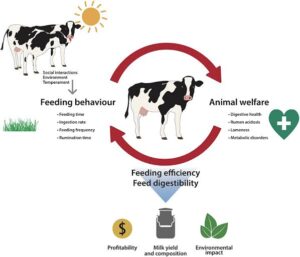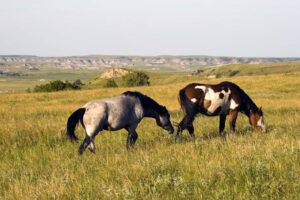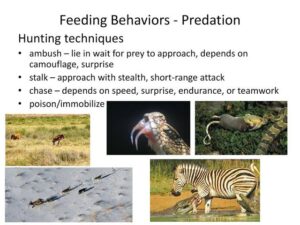Back to: ZOOLOGY 200 Level
WELCOME TO CLASS
Today, we’ll explore the structure, feeding, and behaviour of some fascinating creatures. Understanding these key aspects is essential for comprehending how animals interact with their environment and survive. Let’s delve into how structure and behaviour are closely related to feeding and survival.
Structure, Feeding, And Behavior
Structure: The Physical Design of Animals
The structure of an organism refers to its physical features that help it survive and thrive in its environment. These features vary widely across species, depending on their habitat and lifestyle. For example, in aquatic animals like fish, the streamlined body helps them move efficiently through water, while terrestrial animals like cats have sharp claws for hunting and climbing.

Insects, such as butterflies, have exoskeletons, which are hard outer coverings that protect them from predators and environmental stress. Mammals, like elephants, have internal skeletons, which give them support, allow for movement, and protect vital organs.
The structure of an organism’s body is intricately linked to its function. For instance, birds have wings for flying, while snakes have long, flexible bodies that allow them to slither efficiently across the ground.
Feeding: How Animals Obtain and Process Food
Feeding is a crucial behaviour for survival, and different animals have evolved unique ways to obtain food. The process of obtaining and consuming food depends heavily on an animal’s structure.
- Carnivores, such as lions, have sharp teeth and claws designed for capturing and tearing apart prey.
- Herbivores, like cows, have flat, broad teeth for grinding plant material and long digestive tracts that help break down tough plants.
- Omnivores, such as humans, have a combination of sharp and flat teeth that allow them to eat both plants and meat.

Some animals, like filter feeders (e.g., whales and certain fish), have specialised structures for filtering small organisms or nutrients from water. Others, like bees, have specialised mouthparts for sucking nectar from flowers.
The feeding behaviour of animals is directly related to their structure. For example, the proboscis of a butterfly is perfectly designed to sip nectar from flowers, while the sharp teeth of a crocodile help it catch and consume large prey.
Behaviour: How Animals Interact with Their Environment
The behaviour of animals is driven by their need to survive and reproduce. Behaviour refers to the actions animals take in response to stimuli from their environment. This can include feeding, mating, hunting, or avoiding predators.
For example, predatory animals exhibit hunting behaviours, such as stalking or ambushing their prey. The chameleon, known for its ability to change colour, uses this behaviour to avoid predators by blending into its surroundings.
Some animals exhibit complex social behaviours, such as in bees or ants, where they work together in colonies to collect food, protect their hive, and care for their young. These behaviours are often instinctual and help ensure the survival of the species.

Additionally, animals also demonstrate mating behaviours to ensure the continuation of their species. For example, peacocks use their vibrant plumage in a mating display to attract females.
Summary
- Structure refers to the physical features of an animal that help it survive in its environment, such as body shape and special adaptations like wings or claws.
- Feeding behaviours vary widely among animals, with carnivores, herbivores, and omnivores having different structures suited to their diets.
- Behaviour involves the actions animals take to interact with their environment, including hunting, mating, and socialising.
- The structure of an animal is directly linked to how it feeds and behaves, enabling it to thrive in its environment.
Evaluation
- How does the structure of an animal relate to its feeding habits?
- Explain the feeding structure of carnivores and herbivores.
- What type of behaviour do animals exhibit to survive?
- Give an example of an animal with complex social behaviour and explain its significance.
You’ve just explored how structure, feeding, and behaviour work together to ensure the survival of animals in the wild. Keep this knowledge in mind as you continue learning, and always remember that every creature’s design is a result of millions of years of evolution. You’re doing .u.ugreat—let’s move on to our next exciting topic!
